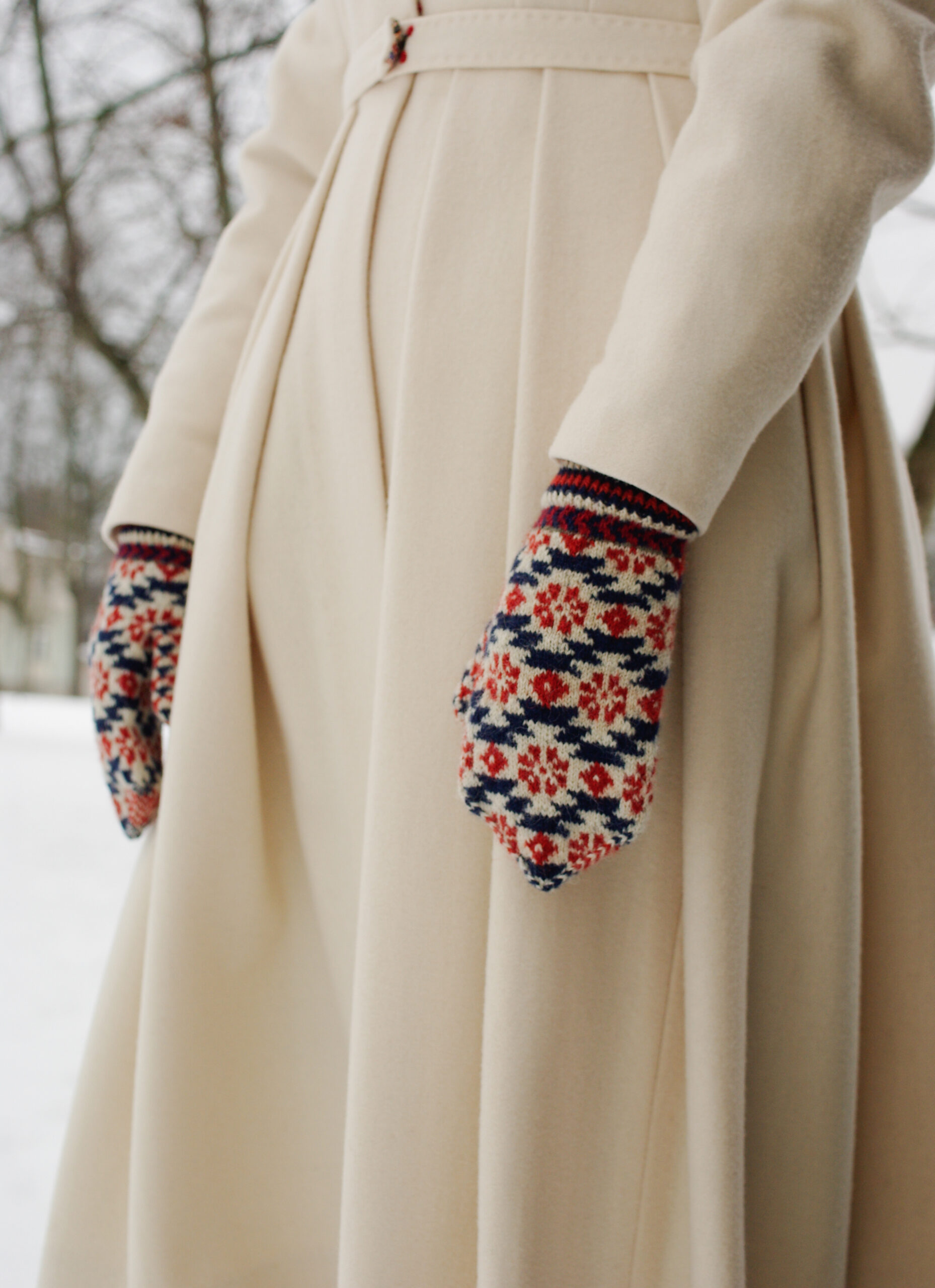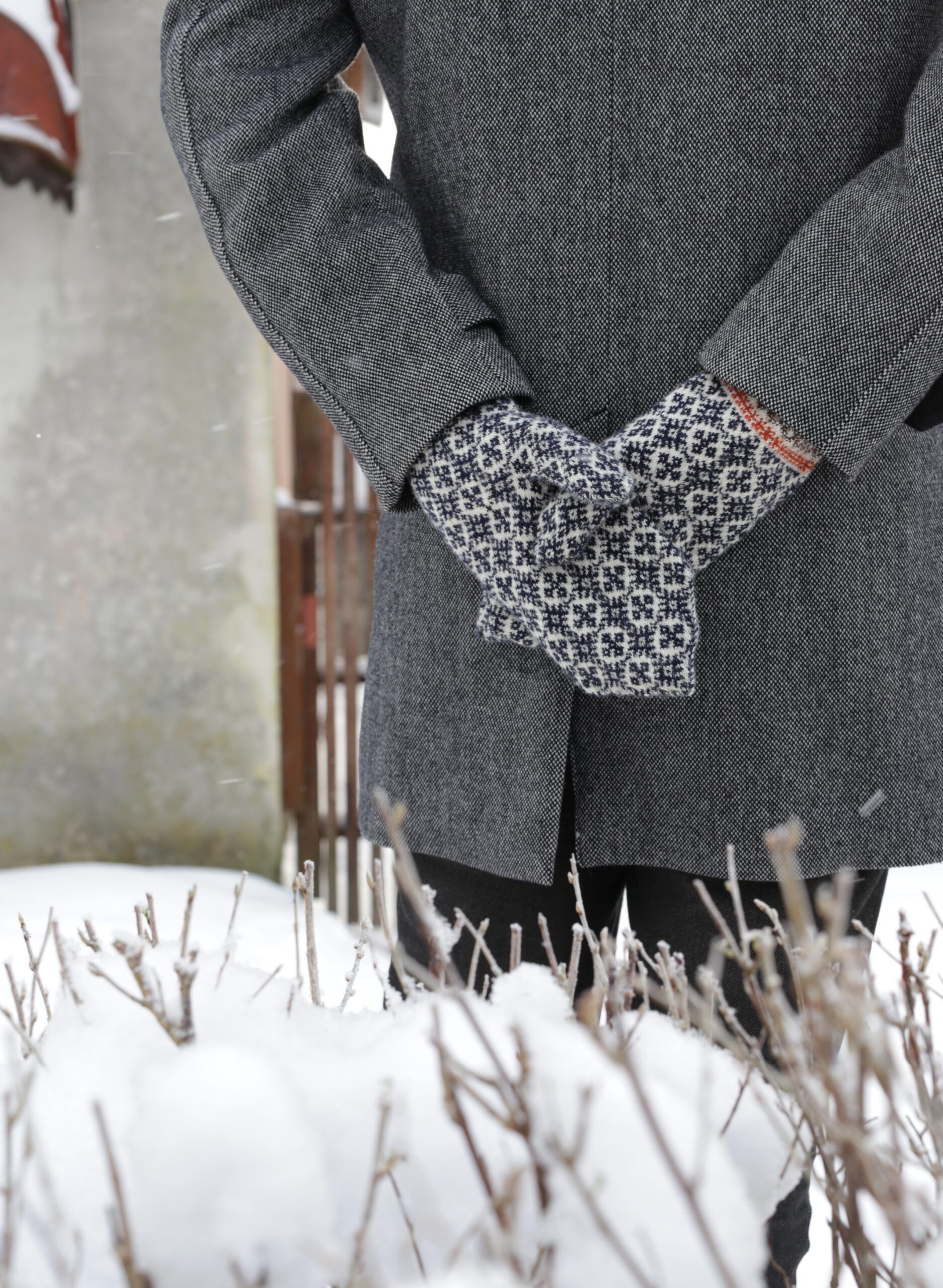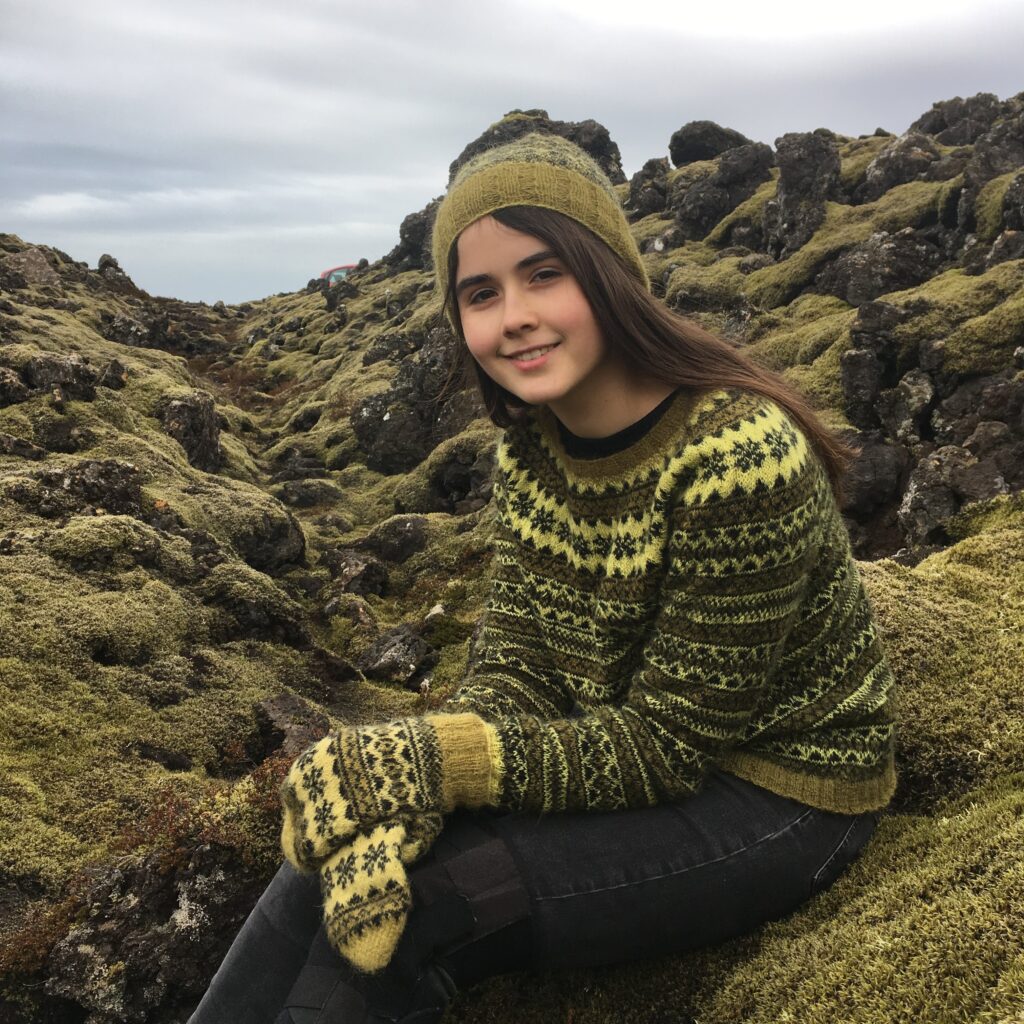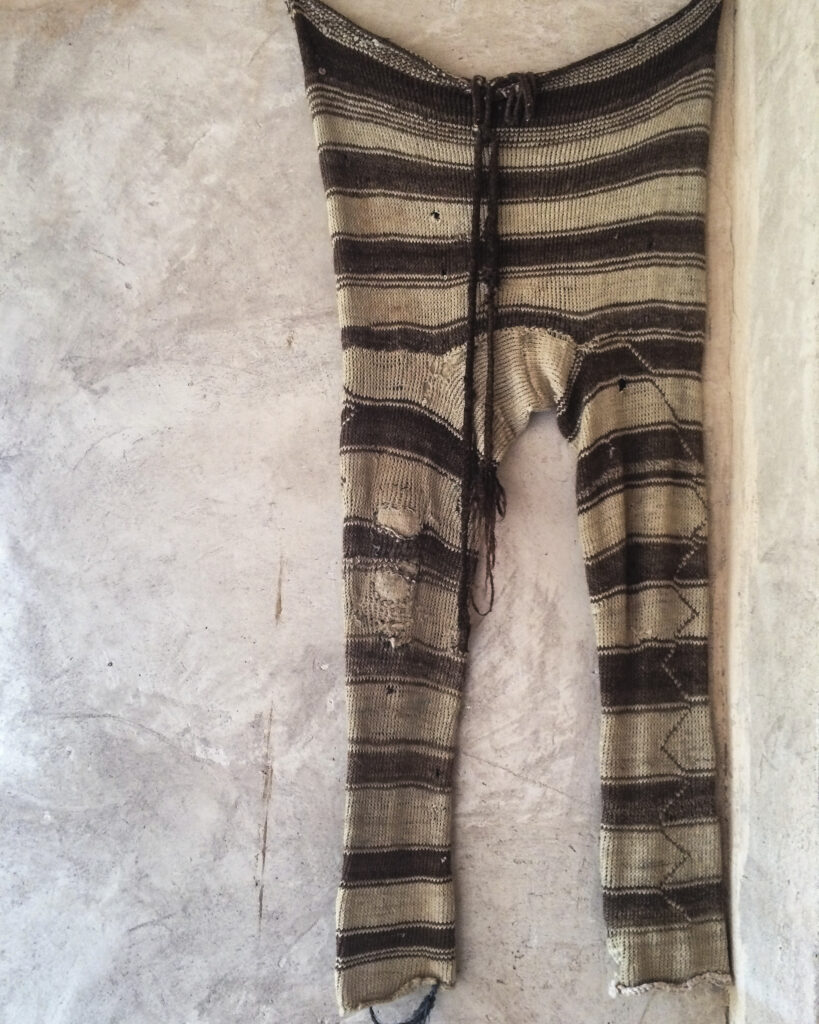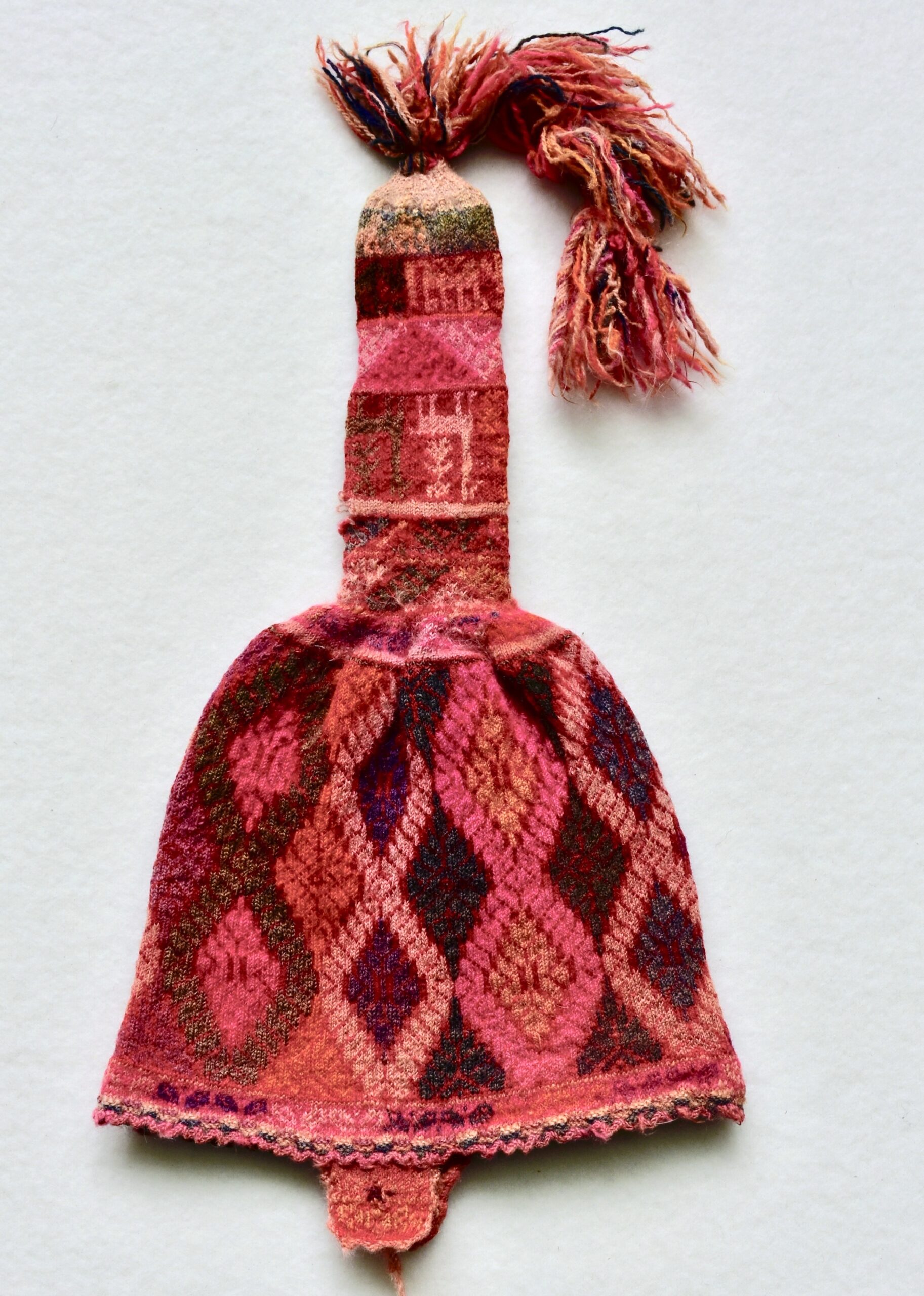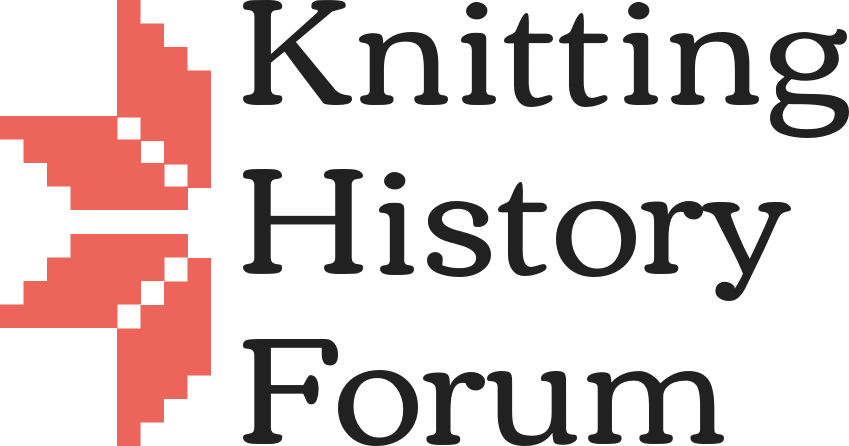The Knitting History Forum digital conference of 2024 took off at 11:15 GMT on Saturday 3 February with about 170 excited participants (with 250 tickets sold!), ready behind their screens with knitting projects for a day of research about knitting, yarn and even some crochet. Participants listened from all over the world, some even tuning in from Australia despite of, for them, the very early hour. Chair of Knitting History Forum and host for the event, Professor Sandy Black, welcomed everyone, and together with KHF team member I N Eliatamby she presented the event’s speakers and moderated questions put in the chat by the participants.
The speakers, both academics and freelance researchers, presented a wide range of interesting papers on various topics related to knitting research. As Sandy Black pointed out, practical experience and methodology are important research tools, something that was clearly reflected in the papers. There was a high interest from the participants, and the chat was alive with questions and comments.
Beatrice Behlen, senior curator of the Museum of London started the day with her paper A royal waistcoat re-examined about something of a knitting celebrity, the silk waistcoat that Charles I supposedly wore when he was beheaded in 1649. Together with researcher Jane Malcolm-Davies and a team of fibre and knitting experts, they had re-investigated the famous waistcoat inside and out. Behlen discussed what types of modern technology and research methods from the natural sciences such as microfadometry and dye analysis could be used, and what they can and can’t answer. The projects aim to combine these methods with archival research, visual investigations and reconstruction practices to further investigate the waistcoats possibly rather morbid past. The aim is also to find ways to communicate this to a wider audience, and to use citizen scientists to be able to run reconstructive experiments on a larger scale.
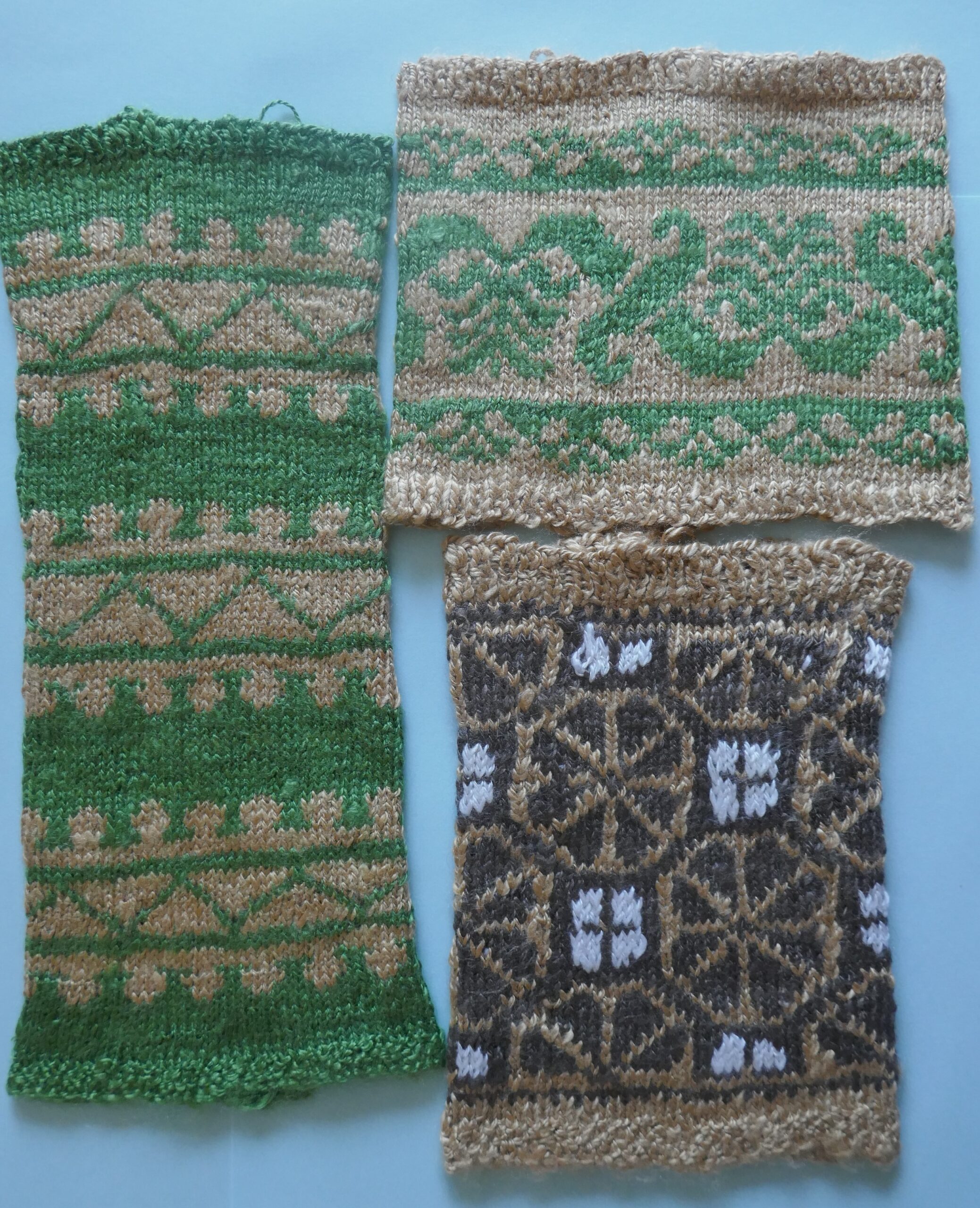
Independent scholar Lesley O’Connell Edwards then presented her paper When there are no words: using reconstruction as a tool for understanding the creation of knitted liturgical gloves. All over Europe, there are many examples of liturgical gloves, skilfully knitted in silk and metal threads, some of which have intarsia motifs on the front. In an online database within a database called Holy Hands, most of the gloves are collected, and it is possible to compare them to one another. In her paper, O’Connell discussed the process of using reconstruction as a research tool to investigate the knitters as makers and how these gloves were constructed. She talked through what is needed for this kind of research, such as access to the actual garments or high resolution images and how to make samples.
For a researcher it is really annoying when a book or article doesn’t provide any information on its sources. That could lead to a lot of unanswered questions, but it could also lead to a Sherlock-esque investigation in the hunt for answers. That is where it led Sally Kentfield, independent scholar [and also a KHF team member], when she started to wonder about some information left out of Richard Rutt’s A history of hand knitting. Kentfield presented her detective work in a paper called The lost biography of Frances Lambert, taking us through the steps she took to find answers. With a deep dive into digital and physical archives, and by using digital humanities techniques such as corpus analysis, she showed how this kind of investigation can be conducted. She followed the traces of Lambert through the various archives, and pointed out how digitalisation can be a great help.
There was a refreshment break mid-forum, with breakout rooms in which the participants had a chance to get to know one another and have further discussions on knitting, crocheting and other yarn-related issues.
After the break, Dr Marketta Luutonen explored the Korsnäs sweaters in her paper The fascinating Korsnäs Sweater. This sweater, originating from Korsnäs at the Ostrobotnian coast of Finland, is made by a combination of crochet and knitting. Originally made for men it seems to date back to the late half of the 19th century, but is today made for everyone. With its colourful motifs and patterning, the sweater has been a strong symbol for the rural area of Korsnäs throughout the 20th century, and its design elements are re-used as commercial elements. In her research on the relationship between human beings and products of knitting and crocheting, Luutonen notes that the design aspects of the sweater often have been more in focus then the material ones such as warmth. She has studied the process in which meaning is assigned to the Korsnäs sweater, and how its meaning to the people of Korsnäs has changed over time – from a warm, nice-looking garment to a connection to their cultural heritage and past.
Dr Katrin Kania, a freelance textile archaeologist and reconstruction practitioner, then examined yarn used for knitting for historical reconstructions and how the way that yarn is spun will have an impact on the end result. In her paper Yarns for knitting – the influence of twist she talked us through the various steps one needs to consider in choosing a yarn for a reconstruction project, such as the difference between knitting and weaving yarns, how twist influences the end result, the magic of plying and the importance of using a distaff when spinning. She also discussed tools and how much of a difference using modern tools and spinning techniques makes to the end result. Her conclusions? Well, as Kania said in her presentation – its complicated.
Last but not least was Dr Jennifer Daley who took us on a trip to the Shetland Isles and its colourful knitting traditions. Her paper, Past and present knitters on Fair Isle: a case study of Fair isle knitted fishermen’s keps was presented as a recording, but Daley was still present and available to answer questions. By investigating the making of the hats, or keps, used by fishermen, Daley studied Fair Isle knitting and the changing traditions that surrounds it. Knitted with stranded knitting, the keps incorporate several colours and patterns that would be combined based on the knitters’ preferences and skills. To preserve the cultural heritage connected to the knitting, the Fair Isle knitters only consider items knitted with 100% Shetland wool, using no more than two colours each row and traditional designs as “official” Fair isle knitting. The habit of selling the knitted goods to tourists is still alive, even if a lot of the knitted keps sold are now made on knitting machines.
Julia Holm, PhD Candidate in Textile Studies, Uppsala University





